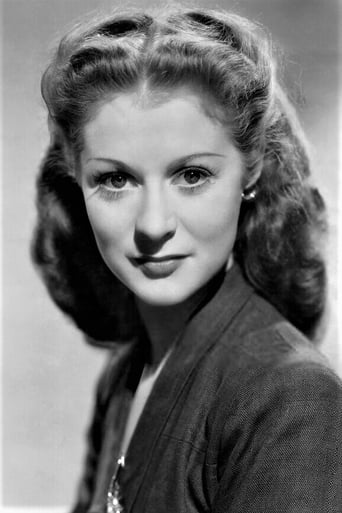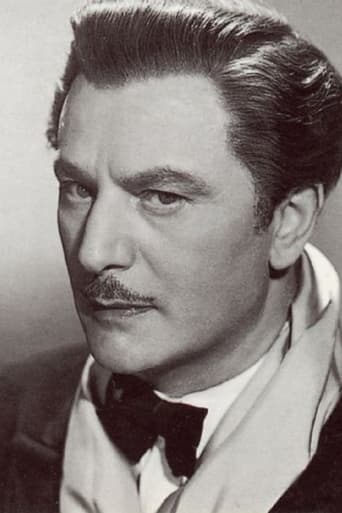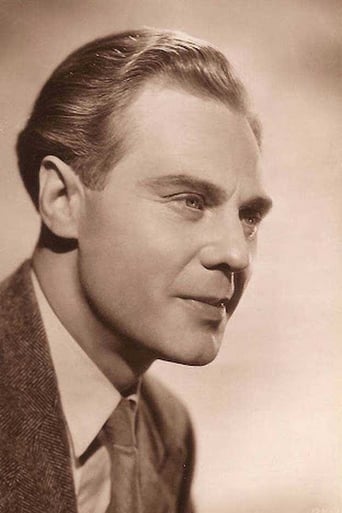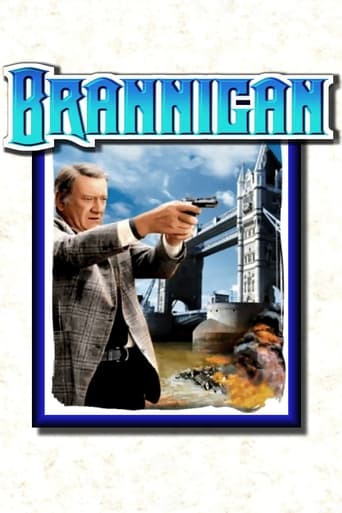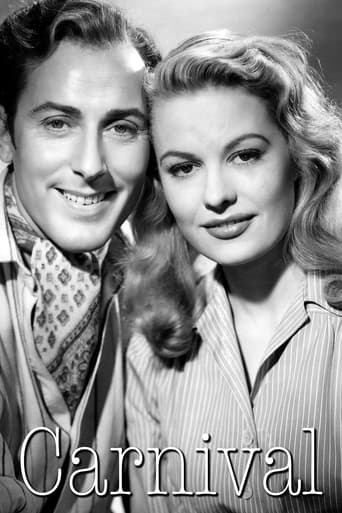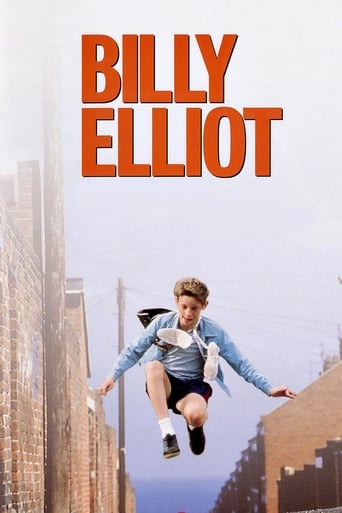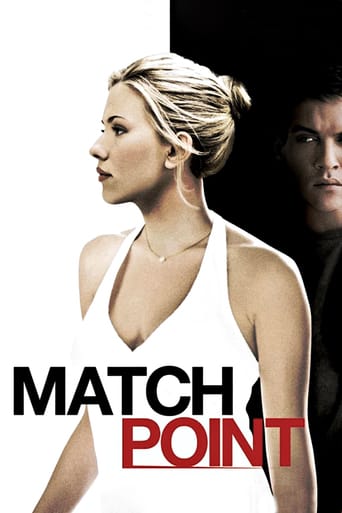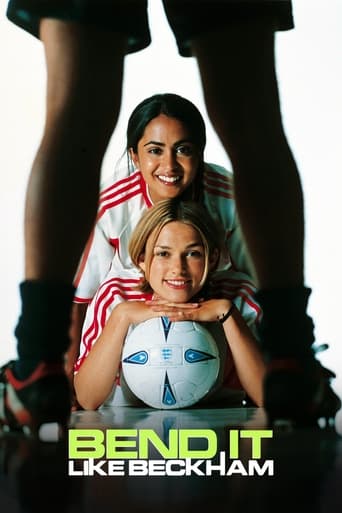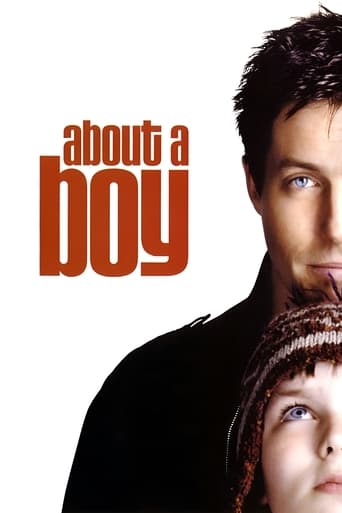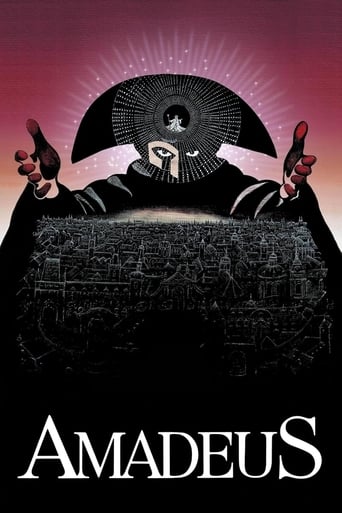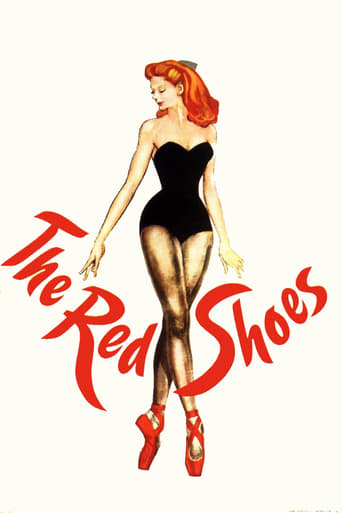
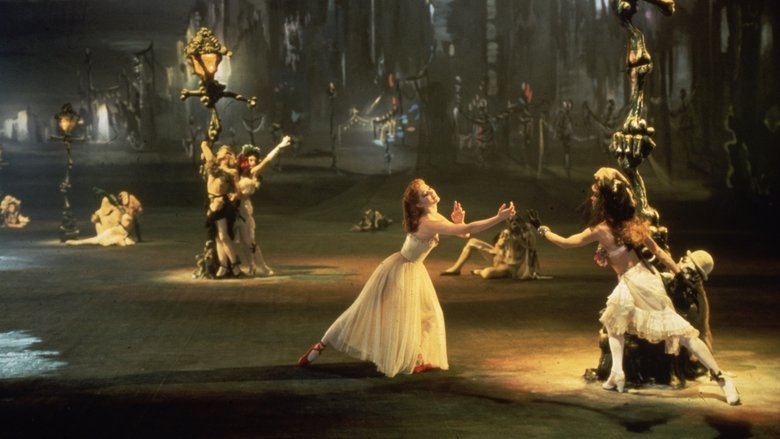
The Red Shoes (1948)
In this classic drama, Vicky Page is an aspiring ballerina torn between her dedication to dance and her desire to love. While her imperious instructor, Boris Lermontov, urges to her to forget anything but ballet, Vicky begins to fall for the charming young composer Julian Craster. Eventually Vicky, under great emotional stress, must choose to pursue either her art or her romance, a decision that carries serious consequences.
Watch Trailer
Cast


Similar titles
Reviews
I am a huge Powell and Pressburger fan. I have seen most of their films and love most of them. I saw The Red Shoes on tv years ago and did not like it much. I recently bought a Powell and Pressburger boxed set and am working my way through it. I watched The Red Shoes today. It is a stunning looking film and I found it hard to concentrate on the story. The dance scenes are very well filmed. Some of the reviews here are surprised that a film like this could be made in Britain in 1948,Britain made loads of great films in this period I think.
British cinema often gets criticised for its so-called narrow milieu, be it historical/period dramas, feel-good comedies, social realism & gangster films. The films of Powell & Pressburger stand apart, distinctive in the English canon, the artistic marriage in this post-Brexit age of an English maverick (eccentric individualism) to the European sensibility of the émigré Pressburger. Their retinue (such as the cinematography of Jack Cardiff) produced films that are imaginative, passionate, full of dramatic power & beauty. What struck me about 'The Red Shoes', their wonderful modern take on Andersen's tragic fairy-tale, is how ravishing it must have looked to a post-war audience worn down by war & still enduring rationing. A film cannot fill an empty stomach, but the cinematography, the bright colours & exotic locales must have been a feast for the eyes, art as both escapism & entertainment.The story is elegantly structured with the ballet segment 'The Red Shoes', a stand-alone piece on its own as entertainment but which reflects the story set in the present (Lermontov as the shoe-maker who entices the girl to wear the red shoes, the circus represents international fame). Vicky & Julian are introduced, both overcoming initial obstacles to their dreams, then begin to impress the stern task-master Lermontov before fate offers them a chance to finally realise their ambitions.'The Red Shoes' is the story of a young woman who dreams of becoming a celebrated ballerina, though in the background hovers the whisper of 'be careful what you wish for'. It is the story of Vicky's relationship with two men & the eventual conflict which sees them wrest for control of her.Lermontov (Anton Walbrook) is a fascinating character, portrayed as darkly charismatic, detached & cynical, an aesthete, a Diaghilev-svengali type of figure, who runs a world famous ballet company. He is obsessed with art to the point that he demands absolute loyalty to its precepts, even to the extreme where he denies the human, which, in itself, is a contradiction because art is in itself the deepest expression of the self, of our selves & what it is to be human. He is a control freak (the miniature ballet stage on his desk in Paris), one of the ballets referenced in a montage is 'Coppelia' based on Hoffmann, a tale about a diabolical inventor & his mechanical doll. Vicky, too, makes a diabolical pact with the Mephistophelian Lermontov as he & his travelling ballet company casts its spell over her. It will also demand a human sacrifice (Rites of Spring). In the same Paris office, a slightly sinister plaster-cast sculpture of a ballerina's foot anticipates the tragic ending.Julian Craster, in a less obvious way, also mistreats Vicky. He is impetuous & passionate, perhaps representing the emotions. Together, Craster & Lermontov produce a masterpiece & platform for Vicky's talent. After his marriage to Vicky, he returns to his work as he cannot resist the creative impulse, but fails to realise that she, too, has a need for self-expression. Both Lermontov & Craster deny Vicky her individuality: the first views her as his creation, demanding absolute loyalty, the other views her as his muse, subservient to his wishes.The ending is poignant, the ghostly last performance of 'The Red Shoes' & Vicky's final haunting request.
For years I had heard of how many directors had been influenced by the 1948 film by directing team Michael Powell, and Emeric Pressburger. The story about a young ballet dancer who wants nothing else in the world than to dance, until she meets her first true love is set against a beautiful score and glorious Technicolor. Starring Moira Shearer & Anton Walbrook The Red Shoes is a remarkable classic and one that the audience is fortunate enough to have restored for years worth of enjoyment. Martin Scorsese, one of the notable directors to have been inspired towards filmmaking because of the film The Red Shoes, had the film restored with painstaking detail, then screened at Cannes in 2009; audiences owe a great deal to his efforts for guaranteeing the film lives on nearly 70 years after its release.Victoria Page is a young dancer absolutely smitten with ballet, believing it to be the reason she is on planet earth; what else is life but to dance, she often ponders. When she meets, quite by chance, Boris Lermontov (Anton Walbrook) a well-known ballet impresario of a famous ballet company, she sees her dreams finally coming true when given a chance to dance in his company. The catch with Mr. Lermontov is that he requires full devotion from his dancers. Mr. Lermontov even becomes enraged when the young dancers in his troupe become engaged and leave dancing to build families. Mr. Lermontov demands fierce loyalty of those who work for him, in exchange, he gives them a chance to become world renown dancers and an unlimited artistic potential for their craft. Victoria has no problem devoting herself to Mr. Lermontov because she sees no other purpose in life but to dance. She is living her dream and gaining notoriety as one of Mr. Lermontov's dancers, especially when she dances The Red Shoes Ballet. It is through her quest for perfection, however, that Vicky grows to know The Red Shoes composer, Julian Craster (Marius Goring). After working together to make sure the ballet is perfect, the two grow to love each other, earning the wrath of Mr. Lermontov. Seeing that his next star ballerina is no longer solely loyal to him, he fires Julian, which leads to the resignation of Victoria Page. Torn between her love and being loyal to Julian and her devotion to her craft, Victoria Page must decide if marriage and true love will overrule what she believes to be her reason for life, ballet dancing.This film is every bit of the perfection I have always been told that it is. The pacing is perfect, enrapturing the audience from the opening scene of young people rushing into watch a ballet of Mr. Lermontov's. The camera work utilized in The Red Shows was nothing short of incredible. The turning cameras as Victoria dances, the close ups on the posters announcing each ballet, the panning of the cameras as the red shoes are being selected for the ballet, and the brilliant overlays all go to show the directorial prowess of Powell, and Pressburger. What brings the whole film together is the character of Boris Lermontov. The character that may be one of the most wonderfully complex characters to ever grace the screen, Anton Walbrook played the part with extreme skill. The God-like character of Mr. Lermontov brimming with his various frustrations that can not easily be named is a fantastic illustration of good filmmaking. The character demanded loyalty and was so careful to present the image that he was secure in himself and self-assured, yet overwhelmed with questioning doubts of his worth after the curtains of his ballets dropped. It wasn't simply sexual frustrations that enraged Mr. Lermontov when his dancers left him, there seemed to be a deep abandonment complex that filled his soul, that the audience is never fully made aware of, and oddly, that lack of knowledge is forgivable. We don't have to know why Lermontov is how he is, we're simply blessed with the opportunity to examine such a brilliantly complex character. The Red Shoes gives audiences a chance to explore beautifully intricate characters, witness gorgeous shots, and coloration, and see a magical retelling of a grim Hans Christian Andersen fairy tale, a chance we should never pass up. Whether you are a fan of ballet or not, The Red Shoes is a film anyone can not only enjoy, but grow from.
This Powell-Presburger film certainly has stood the test of time, one that many consider a masterpiece. Unfortunately, after multiple viewings, I remain a fair appreciator. On the plus side are its beautiful production values, including Jack Cardiff's outstanding cinematography and a powerful cast headed by Anton Walbrook, Moira Shearer and Marius Goring. The story is interesting, though the love interest of Walbrook and Goring with Shearer never quite seemed convincing.The main let down, though, was the musical score throughout. While Jack Cardiff was an accomplished composer his aesthetic values are simply not mine. Bereft of strong themes, logical structure and comprehensive form, the score supported dance sequences that for me lacked logical progression. Too, the initial themes seemed weak, followed by passages that lacked strong connection to the fundamental statements. The ballet's been compared to "An American in Paris," though the latter was buoyed by Gershwin's incomparable themes and design. In short, I was underwhelmed by both the "Red Shoes" ballet music and its contrived love triangle. At the same time I can see where this movie had great influence in subsequent films using dance as an important foundation. For that I do appreciate its value.


